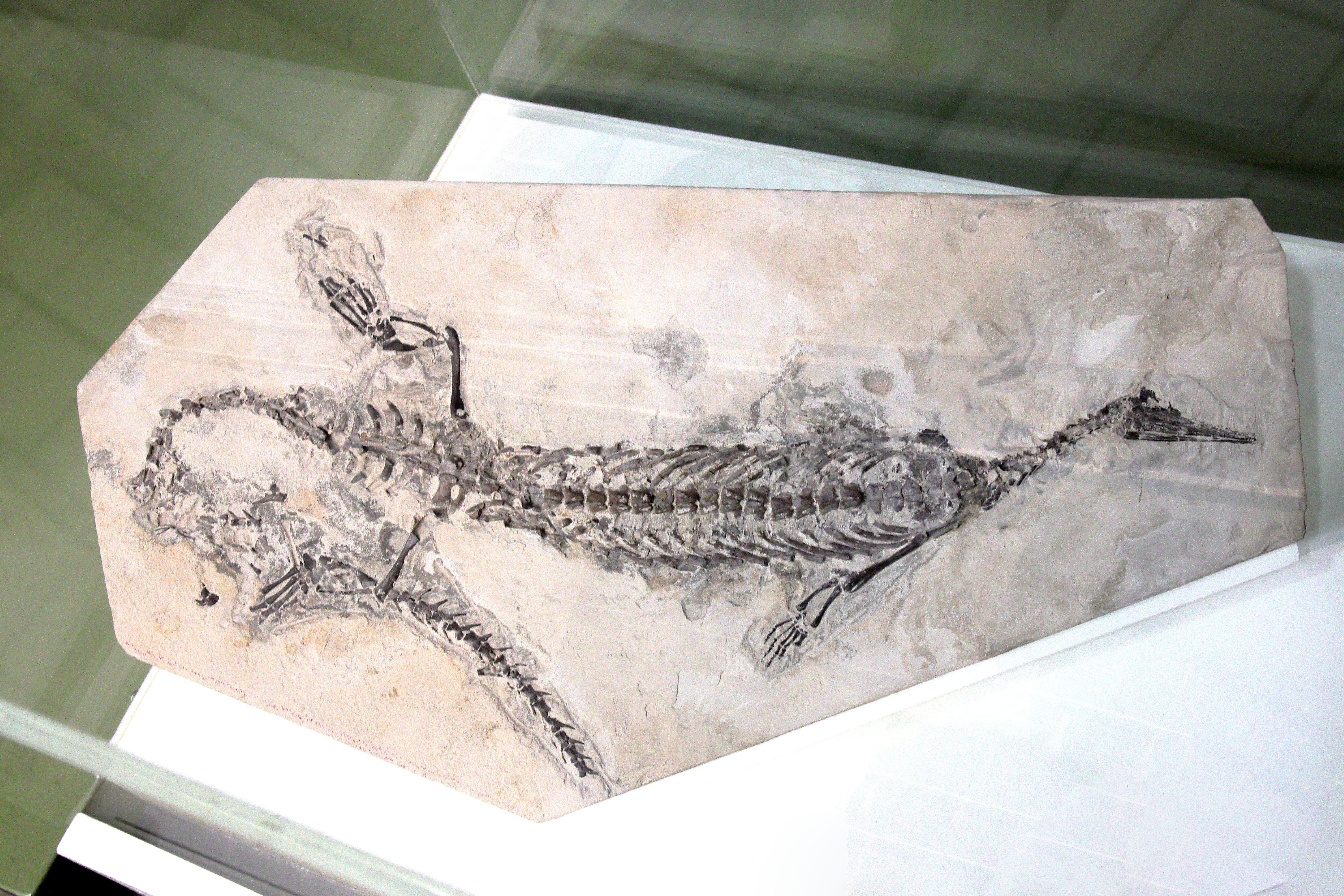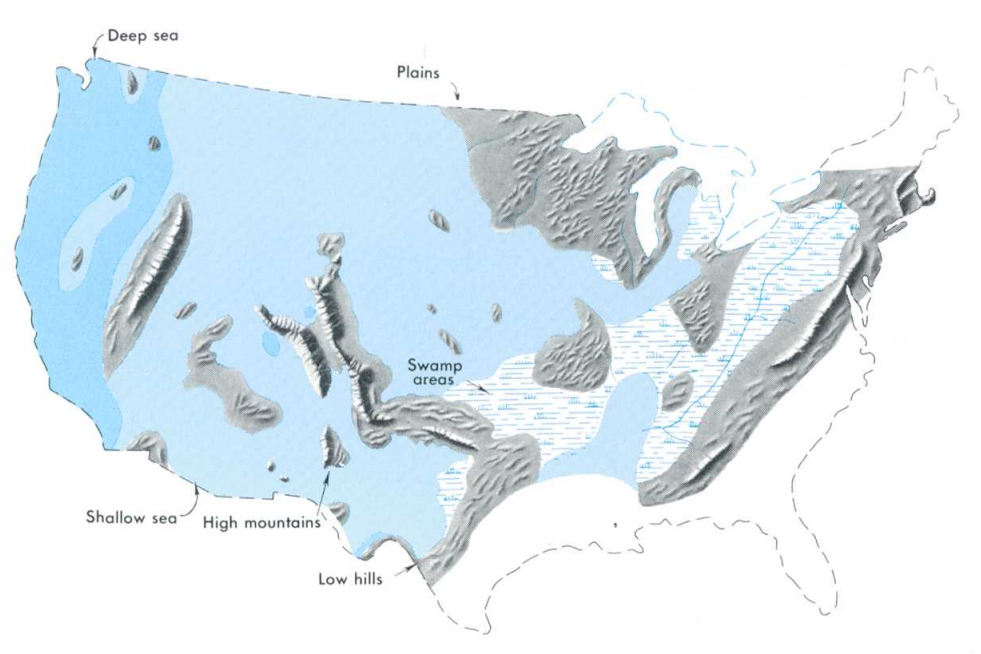|
Sauropsids
Sauropsida (Greek for "lizard faces") is a clade of amniotes, broadly equivalent to the class Reptilia, though typically used in a broader sense to also include extinct stem-group relatives of modern reptiles and birds (which, as theropod dinosaurs, are nested within reptiles as more closely related to crocodilians than to lizards or turtles).Gauthier J.A. (1994): ''The diversification of the amniotes''. In: D.R. Prothero and R.M. Schoch (ed.) Major Features of Vertebrate Evolution: 129–159. Knoxville, Tennessee: The Paleontological Society. The most popular definition states that Sauropsida is the sibling taxon to Synapsida, the other clade of amniotes which includes mammals as its only modern representatives. Although early synapsids have historically been referred to as "mammal-like reptiles", all synapsids are more closely related to mammals than to any modern reptile. Sauropsids, on the other hand, include all amniotes more closely related to modern reptiles than to mammals. ... [...More Info...] [...Related Items...] OR: [Wikipedia] [Google] [Baidu] |
Mesosauria
Mesosaurs ("middle lizards") were a group of small aquatic reptiles that lived during the early Permian period (Cisuralian), roughly Geologic time scale, 299 to 270 million years ago. Mesosaurs were the first known aquatic reptiles, having apparently returned to an aquatic lifestyle from more terrestrial ancestors. It is uncertain which and how many terrestrial traits these ancestors displayed; recent research cannot establish with confidence if the first amniotes were fully terrestrial, or only amphibious. Most authors consider mesosaurs to have been aquatic, although adult animals may have been amphibious, rather than completely aquatic, as indicated by their moderate skeletal adaptations to a semiaquatic lifestyle.Pablo Nuñez Demarco et al. Was Mesosaurus a Fully Aquatic Reptile? Front. Ecol. Evol, published online July 27, 2018; doi: 10.3389/fevo.2018.00109 Similarly, their affinities are uncertain; they may have been among the most basal sauropsids or among the most basal p ... [...More Info...] [...Related Items...] OR: [Wikipedia] [Google] [Baidu] |
Parareptile
Parareptilia ("near-reptiles") is an extinct group of Basal (phylogenetics), basal Sauropsida, sauropsids ("Reptile, reptiles"), traditionally considered the sister taxon to Eureptilia (the group that likely contains all living reptiles and birds). Parareptiles first arose near the end of the Carboniferous, Carboniferous period and achieved their highest diversity during the Permian, Permian period. Several ecological innovations were first accomplished by parareptiles among reptiles. These include the first reptiles to return to marine ecosystems (mesosaurs), the first Bipedalism, bipedal reptiles (Bolosauridae, bolosaurids such as ''Eudibamus''), the first reptiles with advanced hearing systems (Nycteroleteridae, nycteroleterids and others), and the first large herbivorous reptiles (the pareiasaurs). The only parareptiles to survive into the Triassic, Triassic period were the Procolophonoidea, procolophonoids, a group of small generalists, omnivores, and herbivores. The largest f ... [...More Info...] [...Related Items...] OR: [Wikipedia] [Google] [Baidu] |
Mesosaur
Mesosaurs ("middle lizards") were a group of small aquatic reptiles that lived during the early Permian period ( Cisuralian), roughly 299 to 270 million years ago. Mesosaurs were the first known aquatic reptiles, having apparently returned to an aquatic lifestyle from more terrestrial ancestors. It is uncertain which and how many terrestrial traits these ancestors displayed; recent research cannot establish with confidence if the first amniotes were fully terrestrial, or only amphibious. Most authors consider mesosaurs to have been aquatic, although adult animals may have been amphibious, rather than completely aquatic, as indicated by their moderate skeletal adaptations to a semiaquatic lifestyle.Pablo Nuñez Demarco et al. Was Mesosaurus a Fully Aquatic Reptile? Front. Ecol. Evol, published online July 27, 2018; doi: 10.3389/fevo.2018.00109 Similarly, their affinities are uncertain; they may have been among the most basal sauropsids or among the most basal parareptiles (in ... [...More Info...] [...Related Items...] OR: [Wikipedia] [Google] [Baidu] |
Parareptilia
Parareptilia ("near-reptiles") is an extinct group of basal sauropsids (" reptiles"), traditionally considered the sister taxon to Eureptilia (the group that likely contains all living reptiles and birds). Parareptiles first arose near the end of the Carboniferous period and achieved their highest diversity during the Permian period. Several ecological innovations were first accomplished by parareptiles among reptiles. These include the first reptiles to return to marine ecosystems (mesosaurs), the first bipedal reptiles ( bolosaurids such as '' Eudibamus''), the first reptiles with advanced hearing systems ( nycteroleterids and others), and the first large herbivorous reptiles (the pareiasaurs). The only parareptiles to survive into the Triassic period were the procolophonoids, a group of small generalists, omnivores, and herbivores. The largest family of procolophonoids, the procolophonids, rediversified in the Triassic, but subsequently declined and became extinct by t ... [...More Info...] [...Related Items...] OR: [Wikipedia] [Google] [Baidu] |
Pennsylvanian (geology)
The Pennsylvanian ( , also known as Upper Carboniferous or Late Carboniferous) is, on the International Commission on Stratigraphy, ICS geologic timescale, the younger of two period (geology), subperiods of the Carboniferous Period (or the upper of two system (stratigraphy), subsystems of the Carboniferous System). It lasted from roughly . As with most other geochronology, geochronologic units, the stratum, rock beds that define the Pennsylvanian are well identified, but the exact date of the start and end are uncertain by a few hundred thousand years. The Pennsylvanian is named after the U.S. state of Pennsylvania, where the coal Bed (geology), beds of this age are widespread. The division between Pennsylvanian and Mississippian (geology), Mississippian comes from North American stratigraphy. In North America, where the early Carboniferous beds are primarily marine limestones, the Pennsylvanian was in the past treated as a full-fledged geologic period between the Mississippian ... [...More Info...] [...Related Items...] OR: [Wikipedia] [Google] [Baidu] |
Millerettidae
Millerettidae is an extinct family of parareptiles from the Middle Permian to the Late Permian period ( Capitanian - Changhsingian stages) of South Africa. The millerettids were small insectivores and probably resembled modern lizards in appearance and lifestyle. The following cladogram shows the phylogenetic In biology, phylogenetics () is the study of the evolutionary history of life using observable characteristics of organisms (or genes), which is known as phylogenetic inference. It infers the relationship among organisms based on empirical dat ... position of the Millerettidae, from Ruta ''et al.'', 2011. References External linksBerkeley University information. Permian reptiles Prehistoric reptiles of Africa Guadalupian first appearances Lopingian extinctions Prehistoric reptile families {{Permian-reptile-stub ... [...More Info...] [...Related Items...] OR: [Wikipedia] [Google] [Baidu] |
Australothyris
''Australothyris'' is an extinct genus of basal procolophonomorph Parareptilia, parareptile known from the Middle Permian (middle Capitanian stage) of Tapinocephalus Assemblage Zone, ''Tapinocephalus'' Assemblage Zone, South Africa. The type and only known species is ''Australothyris smithi''. As the most basal member of Procolophonomorpha, ''Australothyris'' helped to contextualize the origin of this major parareptile subgroup. It has been used to support the hypotheses that procolophonomorphs originated in Gondwana and ancestrally possess Infratemporal fenestra, temporal fenestrae, due to its large and fully enclosed temporal fenestra and South African heritage. It also possessed several unique features, including a high tooth number, long Postfrontal bone, postfrontal, small interpterygoid vacuity, and a specialized interaction between the stapes and Quadrate bone, quadrate. Discovery Australothyris is known from a single specimen discovered at the Beukesplaas farm by Robert ... [...More Info...] [...Related Items...] OR: [Wikipedia] [Google] [Baidu] |
Erpetonyx
''Erpetonyx'' is an extinct genus of bolosaurian parareptile from the Gzhelian stage of the Carboniferous period, with a single known species: ''Erpetonyx arsenaultorum''. It is known from a single articulated and mostly complete specimen from Prince Edward Island in Canada. Phylogenetics has predicted that parareptiles first evolved in the Carboniferous, parallel to Eureptilia, eureptiles ("true reptiles"). However, ''Hylonomus'', the oldest eureptile known from fossil evidence, lived millions of years before parareptiles appeared in the fossil record. The discovery of ''Erpetonyx'' helped to shorten this gap between parareptile and eureptile fossils, as ''Erpetonyx'' lived in the Late Carboniferous and is one of the oldest known parareptiles (though ''Carbonodraco'' is now known to be older). However, it was not closely related to ancestral parareptiles, so its discovery also indicated that the initial diversification of parareptiles occurred earlier in the Carboniferous. ''Erpe ... [...More Info...] [...Related Items...] OR: [Wikipedia] [Google] [Baidu] |
Microleter
''Microleter'' is an extinct genus of basal (phylogenetics), basal Procolophonomorpha, procolophonomorph parareptiles which lived in Oklahoma during the Early Permian period. The type species, type and only known species is ''Microleter mckinzieorum''. ''Microleter'' is one of several parareptile taxa described from the Richards Spur fissure fills, and can be characterized from its high tooth count, Lacrimal bone, lacrimal/Nostril, narial contact, short Postfrontal bone, postfrontal, and slit-like Infratemporal fenestra, temporal emargination edged by the Postorbital bone, postorbital, Jugal bone, jugal, Squamosal bone, squamosal, and Quadratojugal bone, quadratojugal. Contrary to ''Australothyris'', which had a similar Phylogenetics, phylogenetic position as a basal procolophonomorph, ''Microleter'' suggests that early parareptile evolution occurred in Laurasia and that multiple lineages developed openings or emarginations in the temporal region. Discovery The only known specim ... [...More Info...] [...Related Items...] OR: [Wikipedia] [Google] [Baidu] |
Procolophonia
Procolophonia is an extinct suborder (clade) of herbivorous reptiles that lived from the Middle Permian till the end of the Triassic period. They were originally included as a suborder of the Cotylosauria (later renamed Captorhinida Carroll 1988) but are now considered a clade of Parareptilia. They are closely related to other generally lizard-like Permian reptiles such as the Millerettidae, Bolosauridae, Acleistorhinidae, and Lanthanosuchidae, all of which are included under the Anapsida or "Parareptiles" (as opposed to the Eureptilia). Classification There are two main groups of Procolophonia, the small, lizard-like Procolophonoidea, and the Pareiasauroidea, which include the large, armoured Pareiasauridae. According to the traditional classification of Carroll 1988 as well as phylogenetic analyses of 2012, smaller groups like Rhipaeosauridae (now a synonym of Nycteroleteridae) and Sclerosauridae are classified with the pareiasaurs and with the procolophonids, ... [...More Info...] [...Related Items...] OR: [Wikipedia] [Google] [Baidu] |
Bolosauria
Procolophonomorpha is an Order (biology), order containing most parareptiles. Many papers have applied various definitions to the name, though most of these definitions have since been considered synonymous with modern parareptile Clade, clades such as Ankyramorpha and Procolophonia. The current definition of Procolophonomorpha, as defined by Modesto, Scott, & Reisz (2009), is that of as a stem-based group containing ''Procolophon'' and all taxa more closely related to it than to ''Milleretta''. It constitutes a diverse assemblage that includes a number of lizard-like forms, as well as more diverse types such as the pareiasaurs. Lee 1995, 1996, 1997 argues that turtles evolved from pareiasaurs, but this view is no longer considered likely. Rieppel and deBraga 1996 and deBraga and Rieppel, 1997 argue that turtles evolved from sauropterygians, and there is both molecular and fossil (''Pappochelys'') evidence for the origin of turtles among diapsid reptiles. Classification The foll ... [...More Info...] [...Related Items...] OR: [Wikipedia] [Google] [Baidu] |
Acleistorhinidae
Acleistorhinidae is an extinct family of Late Carboniferous and Early Permian-aged ( Moscovian to Kungurian stage) parareptiles. It is defined as a node based clade including the last common ancestor of '' Acleistorhinus pteroticus'' and '' Colobomycter pholeter'' and all its descendants. Acleistorhinids are most diverse from the Richards Spur locality of the Early Permian of Oklahoma. Richards Spur acleistorhinids include '' Acleistorhinus'', '' Colobomycter'', '' Delorhynchus'', '' Feeserpeton'' and '' Klastomycter''. Other taxa include '' Carbonodraco'' from the Late Carboniferous of Ohio and '' Karutia'' from the Early Permian of Brazil. Acleistorhinidae is commonly considered a subgroup of lanthanosuchoids, related to taxa such as '' Chalcosaurus'', '' Lanthaniscus'' and '' Lanthanosuchus''. However, a re-examination of parareptile phylogeny conducted by Cisneros ''et al.'' (2021) argued that lanthanosuchids were not closely related to acleistorhinids. The phylogenetic ... [...More Info...] [...Related Items...] OR: [Wikipedia] [Google] [Baidu] |






